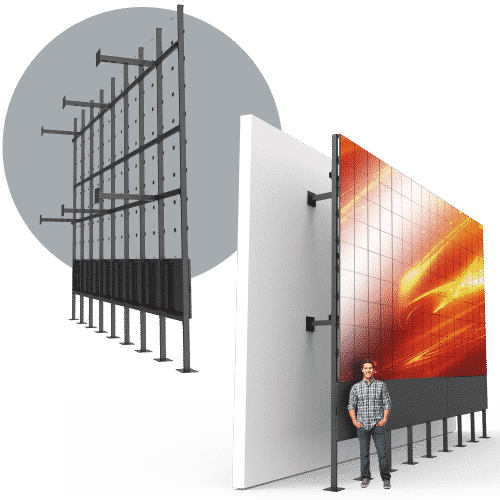Clarifying Luminescent Display Surface Luminance Evaluations for Peak Visual Performance
Clarifying Luminescent Display Surface Luminance Evaluations for Peak Visual Performance
Blog Article
Light Emitting Diode wall screens are more and more favored across different settings, from homes to commercial spaces as well as communal spaces. These panels are recognized due to the vivid as well as dynamic visuals, which render these ideal for conveying information, advertisements, as well as engagement. Nevertheless, understanding brightness illumination levels for LED wall panels is essential for guaranteeing optimal visual efficacy. Illumination can be quantified using metrics known as candelas, which indicate how much light produced from a panel. The greater number of quantity of nits, the brighter the visual is. For, instance, one screen boasting 1,000 nits is significantly more vivid than one with five hundred nits, making it more suitable for well-lit environments.
As you selecting an LED panel panel, it is crucial to take into account the setting in that the screen will be placed. In brightly lit areas, such as retail environments and open-air settings, a increased brightness level becomes necessary to ensure clarity. Conversely, within dimmer settings, like cinemas and meeting spaces, lower diminished illumination rate may be adequate. This is because excessive bright excessive luminosity in an dark environment may result in viewer discomfort among the audience, causing them harder to focus with a screen. Thus, comprehending specific particular needs for an setup site will aid with selecting a suitable illumination rate to ensure ideal visual experience.
Another important factor to consider is the contrast ratio of the LED wall panel. The ratio measurement measures how much disparity exists between the brightest most luminous light Learn More Here versus the darkest black shade which a panel is able to create. An greater differential ratio indicates the display can it is capable of present more detail and depth, which improves overall visual quality. For instance, a screen boasting an differential ratio of ten thousand to one creative led wall designs is able to show visuals featuring greater vivid colors and crisper details than a featuring a proportion of 1,000:1. This is especially crucial when showing visuals or videos that demand greater definition and detail, such as slideshows and advertising content.
Moreover, the technology mechanism behind LED panel screens has a crucial part in their brightness as well as overall performance. Different types in Light Emitting Diode methods, including Organic Light Emitting Diode as well as LCD, have distinct traits that affect the way luminosity is perceived. Organic Light Emitting Diode screens typically provide superior differential and deeper shades, thereby may enhance a viewing experience in darker settings. Conversely, traditional Light Emitting Diode screens may be more suitable for well-lit spaces due to their capacity for produce higher levels of brightness. Understanding these tech-related variances can guide consumers to deciding on knowledgeable choices based on their individual needs.
In conclusion, consistent maintenance as well as adjustment of LED wall screens can assist preserve ideal illumination as well as efficacy over time. Dust as well as dirt can accumulate on a screen, impacting the brightness as well as clarity of a display. Periodic cleaning as well as professional calibration can guarantee the the panel operates at top optimal, offering uniform image clarity. Moreover, some sophisticated Light Emitting Diode panel panels feature built-in built-in options that enable operators to modify illumination settings as well as hue settings according to their wants. Through taking these measures, users will guarantee that LED Light Emitting Diode panel screens provide the optimal display efficiency, no matter the setting in that these are used.